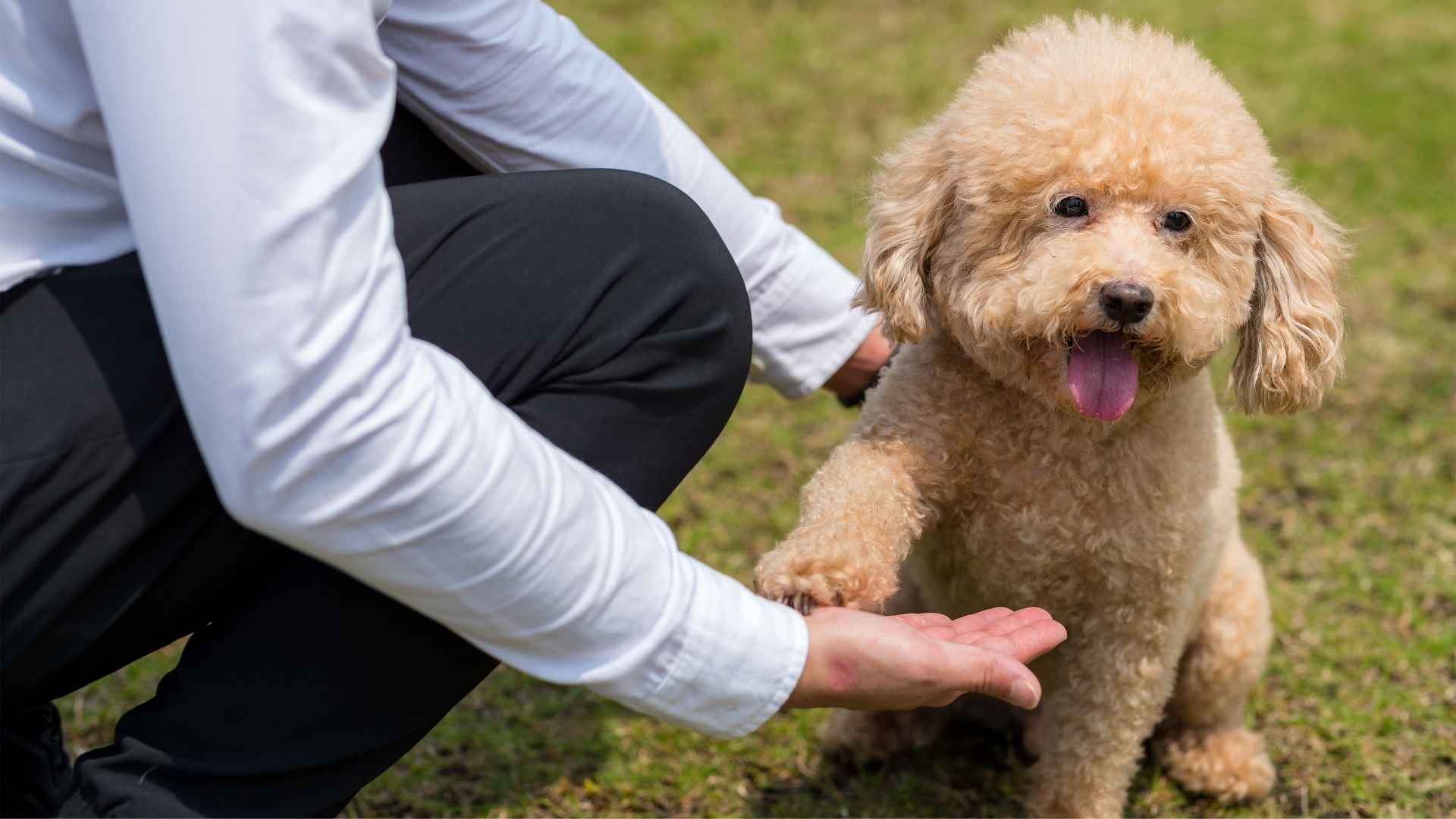Training a dog can test your patience. You say “sit”—they stare back. You call them—they take their time. It’s not always about bad behavior; sometimes it’s the breed.
Some dogs are naturally more tuned in, more eager to work with you, and more focused even when distractions hit. Every owner dreams of a dog that listens the first time, not the tenth. The kind that walks beside you, not drags you.
And when it comes to choosing a breed that actually wants to learn and follow through, trial records don’t lie. These results aren’t based on guesswork—they reflect thousands of real tests, with real scores.
If you’re tired of endless training and want a dog that truly “gets it,” you’ll want to see who made this list. At the end of this article, you’ll find the breeds that top obedience trials—and the ones most likely to make training feel effortless.
Most Obedient Dog Breeds In Trials
1. Border Collie
Border Collies are known for reading commands faster than most handlers can issue them. Their decision-making relies on microsecond timing, especially during heelwork or off-leash sequences. This precision often scores them consistently at the top in advanced obedience levels.
Pattern Memory and Retention
They don’t just react—they recall. Judges often note how quickly Border Collies adapt to sequence shifts between trial rounds. Their pattern retention gives them an edge in long-format tasks where many breeds begin to falter.
Power Managed Through Control
Even among energetic dogs, their intensity is channeled through razor-sharp control, as mentioned in the Border Collie Newsletter. This isn’t hyperactivity—it’s task-focused drive sustained throughout the trial. Their stamina is matched with an ability to down-stay in full concentration, even in distracting environments.
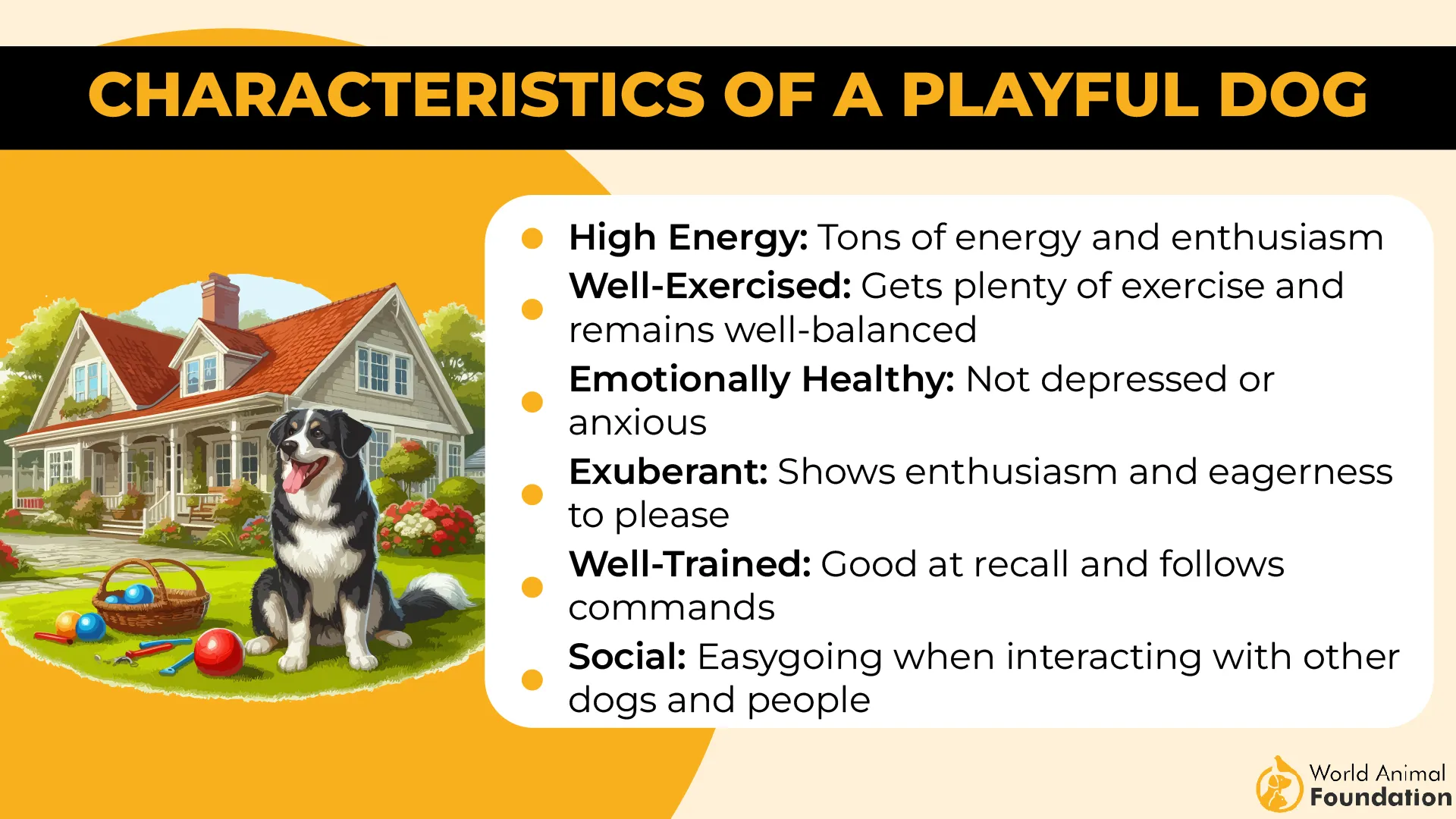
A Natural Fit in Structured Work
Their gentle nature with handlers creates a foundation of trust, not just instruction. That emotional balance makes them excellent in dog sports requiring fine-tuned coordination and rapport. Their focus, speed, and impulse control turn technical challenges into choreography.
2. German Shepherd
German Shepherds respond exceptionally well to precise, layered commands, especially in environments with movement and sound distractions. Their strong visual tracking makes them fast to pick up directional shifts in trial patterns. This reliability increases their placement in off-leash and group exercises.
Built for Structured Progression
They thrive when drills are scaled in difficulty, making them ideal for multi-phase obedience training. Trainers often start them on competitive routines earlier due to their early pattern recognition and ability to maintain form under pressure. Their corrections are minimal once the foundations are set.
Mental Endurance in Trial Settings
What separates them from other working breeds is their ability to stay sharp across long sessions with multiple rounds. As an energetic breed, their physical drive doesn’t compromise mental control. They remain highly task-focused, even when rest intervals are limited.
Motivation Without Overdependence
Their eager-to-please temperament is balanced by internal motivation, not handler dependency. They learn commands quickly but also retain context over time, which reduces re-training between competitions. That balance keeps them consistent even in unfamiliar trial formats.
3. Golden Retriever
Golden Retrievers display handler-oriented focus even in crowded rings with multiple distractions. Their ability to maintain steady eye contact during extended sit-stays is frequently noted by trainers and seasoned competitors. This makes them especially effective in exercises that require close-range precision.
Consistency Through Reward-Based Training
Their response to positive reinforcement isn’t just strong—it’s incredibly consistent across different age groups, as mentioned in PetMD. Small corrections or reward delays rarely disrupt their pace. They stay responsive to cues, even when tasks involve multiple-step sequences under time constraints.
Adaptability in Complex Trial Settings
As a highly trainable breed, Goldens adjust to both formal ring structures and less predictable obedience scenarios. Their calm under pressure helps when handlers unintentionally shift timing or tone. That adaptability means fewer disqualifications from handler errors.
Trust Built From Early Foundations
Their trial readiness is often traced back to early socialization, where exposure to sound cues, ring barriers, and crowd movements is intentionally structured. They learn to generalize commands across environments while staying emotionally regulated—a trait that proves vital in trial scoring.
4. Labrador Retriever
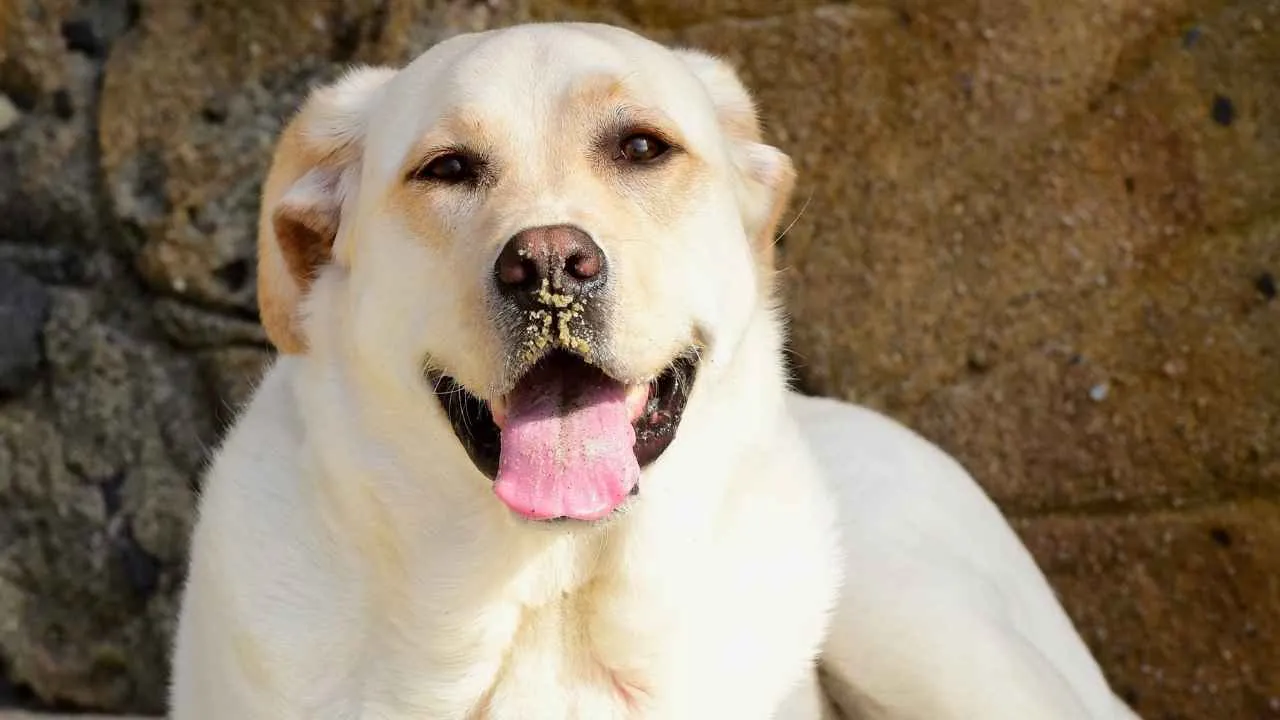
Labradors excel at bouncing back mid-trial after handler error or command confusion. Their cognitive flexibility lets them reset quickly and re-engage with the task, which keeps scoring deductions minimal. Judges often comment on their smooth correction-to-response transition.
Pressure-Resilient Focus
Unlike breeds that show hesitation under pressure, Labs maintain task clarity even during crowd distractions or tight competition settings. They hold attention without pacing or vocalizing, which is crucial in events like Open and Utility classes.
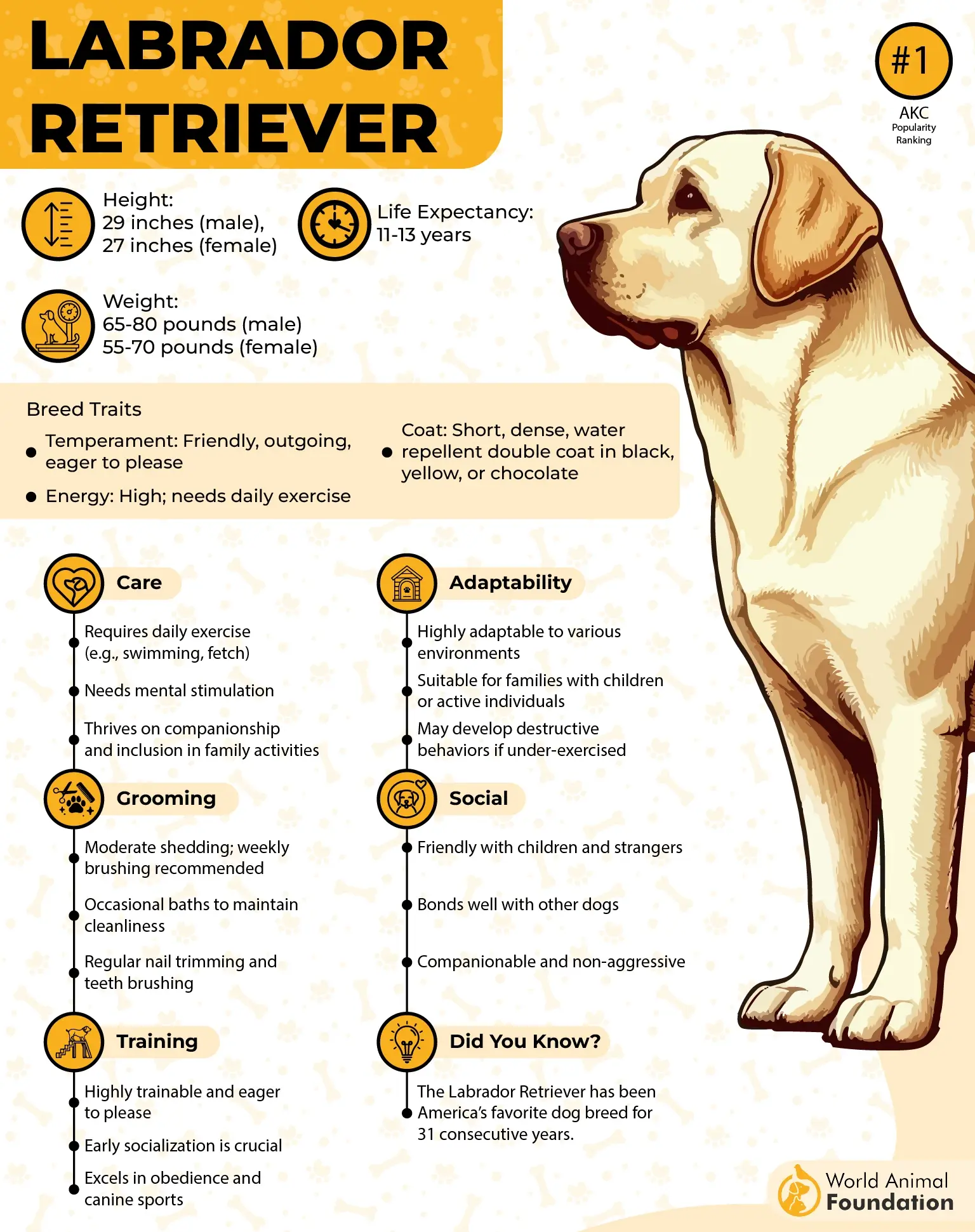
Trainability Backed by Consistency
Their breed characteristics include a high threshold for repetition without mental fatigue. With proper training, Labs can perform long chains of commands without losing engagement or pace. That consistency is key during recall, directed retrieves, or scent discrimination.
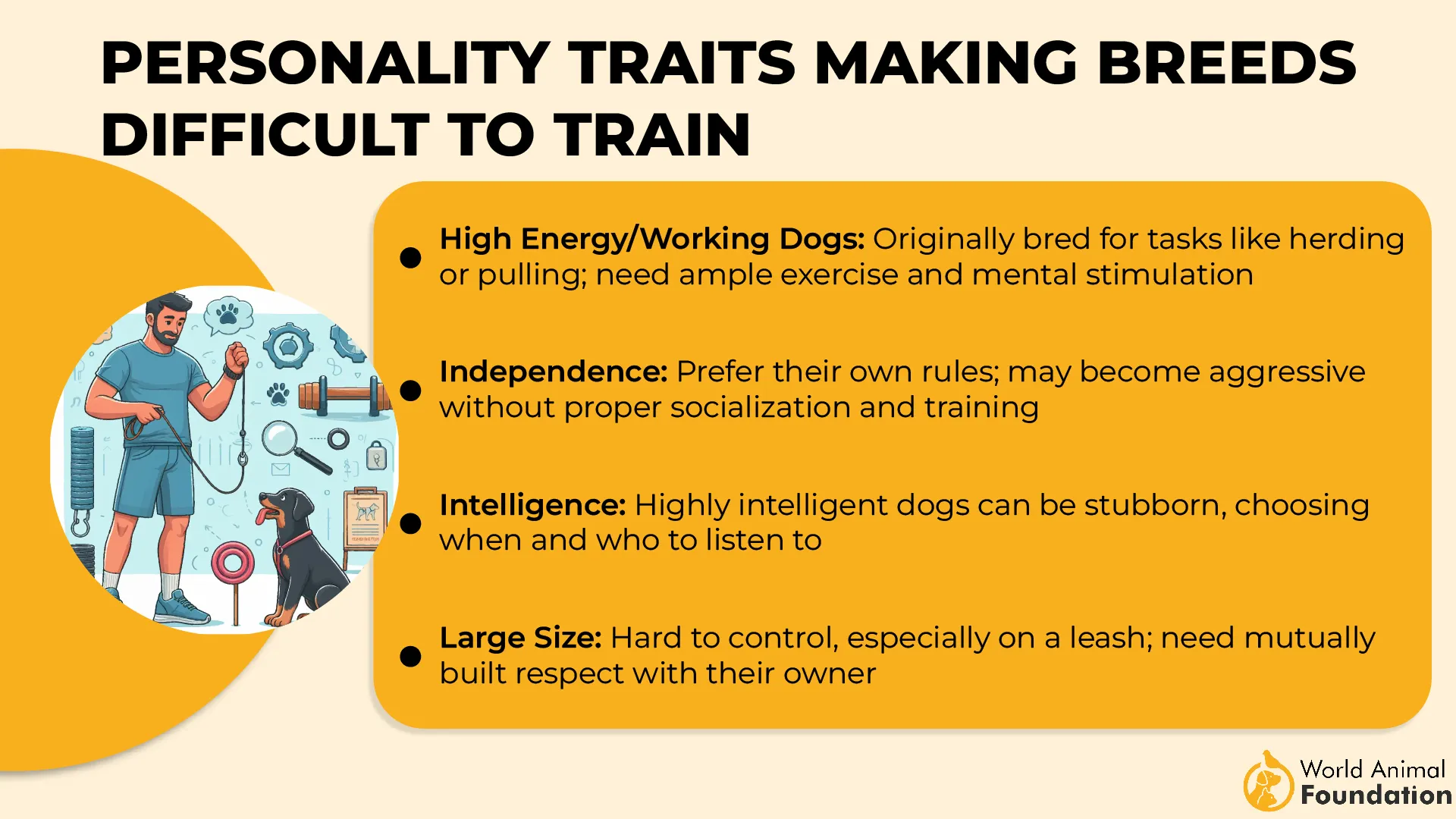
Stability Around Other Competitors
Labs remain composed when working near other dogs, showing little reactivity even during high-intensity trial setups. Their neutral energy helps them stay dialed in, especially during long sits, downs, or group exercises. This composure sets them apart in multi-dog trial environments.
5. English Springer Spaniel
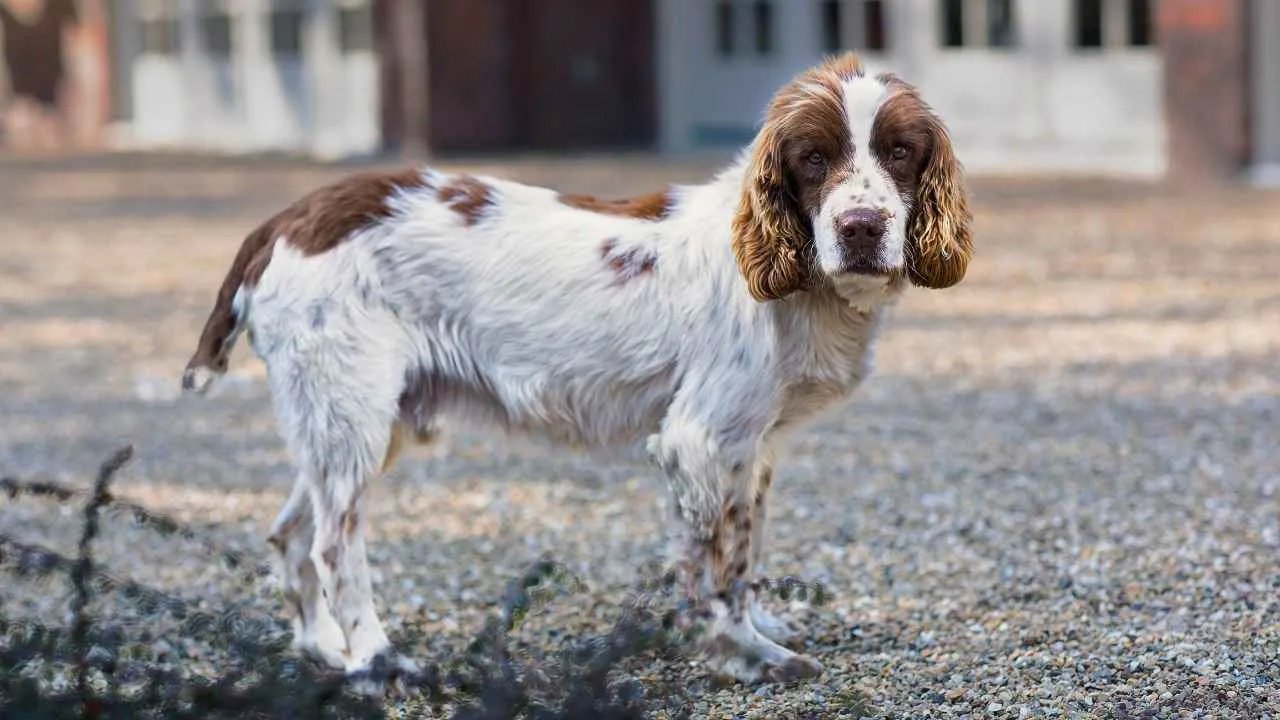
English Springer Spaniels excel in trials where handlers give minimal physical guidance. Their eyes are constantly tuned to facial cues and voice tone changes. This responsiveness makes them stand out in close-contact exercises like figure eights and pivots.
Drive Balanced by Compliance
They bring a strong hunt-driven focus, yet remain highly adaptable under ring pressure, as mentioned in PetPlan. During long recall tests or stay commands, their impulse control reflects early field conditioning. That balance of drive and discipline is rarely found in other medium-sized competitors.
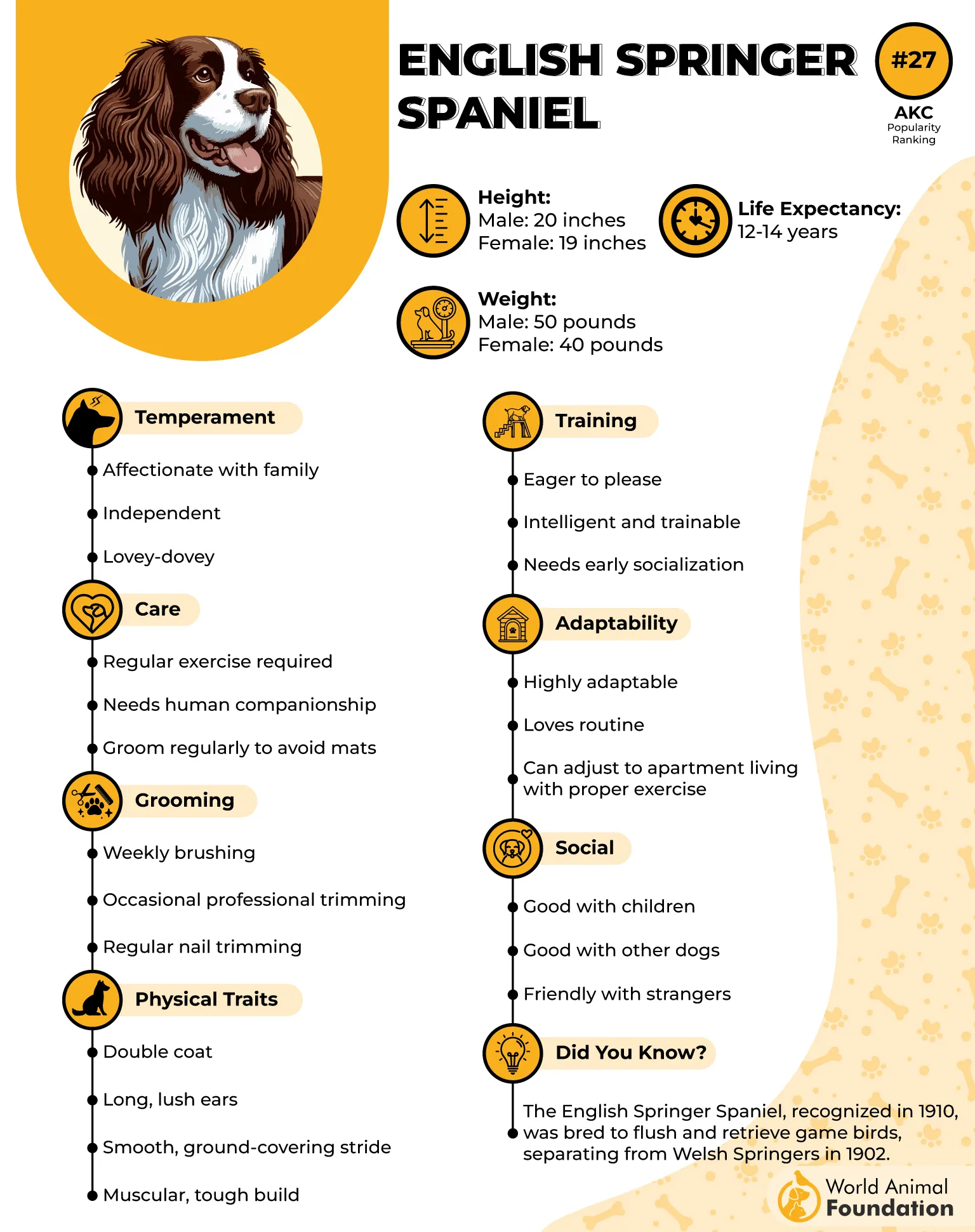
Learning Through Daily Variety
Their performance improves when routines rotate across scent, speed, and direction cues. Mental stimulation through change—not repetition—keeps them engaged across multi-phase competitions. It’s that curiosity-to-obedience link that judges often notice in high-scoring Springers.
Sensitive but Steady
This breed absorbs tone and posture quickly, making consistent training critical from early stages. Handlers often adjust reinforcement styles based on the dog’s personality, which directly impacts trial consistency. Too much pressure dulls them; the right cadence unlocks sharp, reliable responses.
6. Poodle
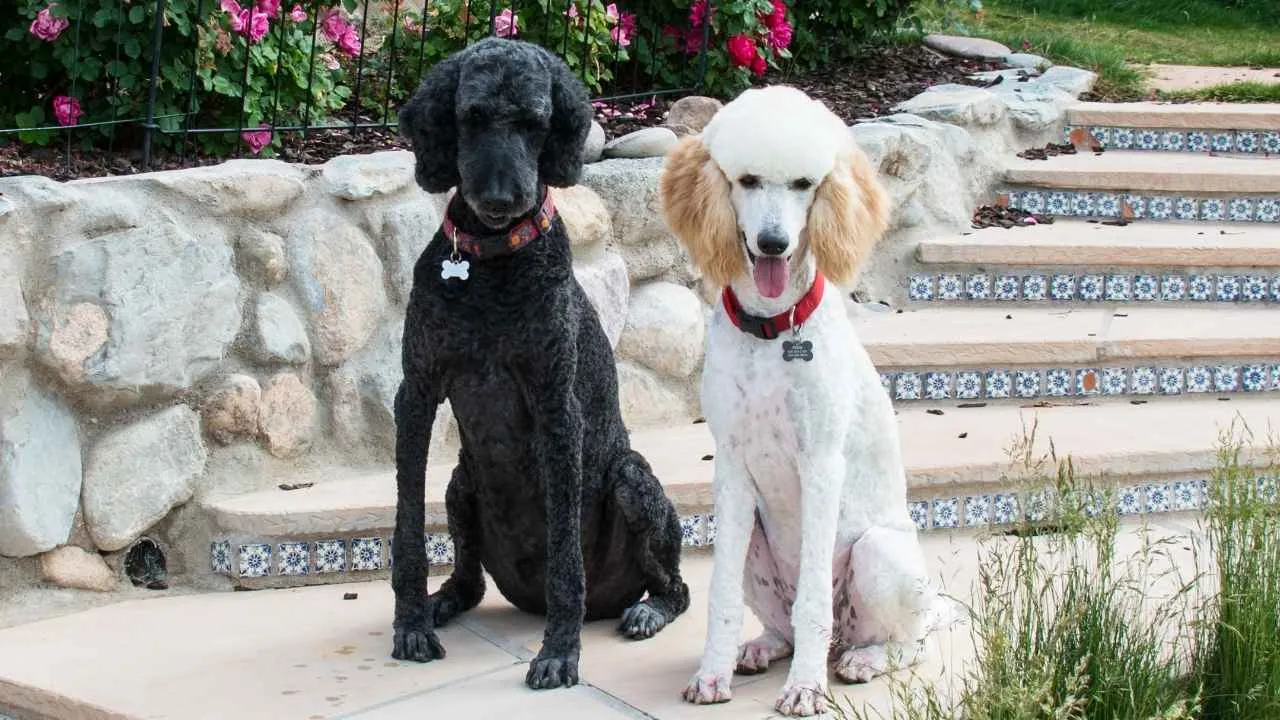
Poodles excel at complex routines involving multi-step behaviors. Judges consistently note how they maintain alignment and cadence during formal heelwork, even under distractions. Their rhythm doesn’t break, whether it’s a halt, pivot, or finish command delivered mid-movement.
Sharp Cue Recognition
They’re particularly responsive to small, precise signals—a tilt of the head or flick of a finger is enough to trigger action. This level of responsiveness helps them score high in obedience trials, where hesitation reduces points. Their processing speed matches that of working-line breeds.
Mental Engagement During Work
What sets them apart is their need for varied training sessions to avoid disengagement. When the structure alternates between scent discrimination, dumbbell retrieves, or command sequences, they become more accurate. Repetition alone dulls their focus; novelty sharpens it.
Balance of Bond and Precision
The Poodle’s sensitivity to human tone and posture strengthens its work ethic. That connection turns routine drills into training fun, especially when done with a loyal companion mindset. They excel when the handler communicates calmly but clearly—tone over volume, posture over repetition.
7. Papillon
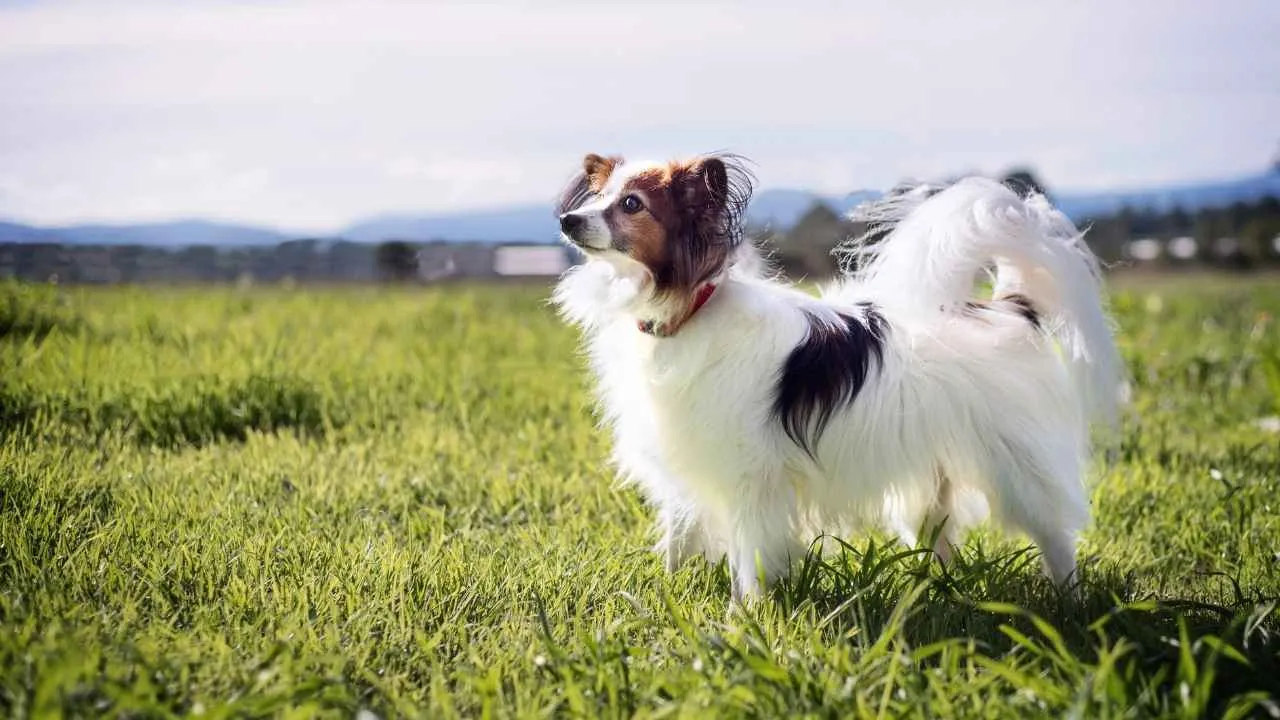
Papillons excel in high-level obedience despite their size, with sharp reflexes that match larger breeds stride-for-stride. Their responses during multi-part sequences show tight timing and clean positional shifts. The precision comes from intense focus, not from speed alone.
Response Built Into Routine
Handlers often note how quickly these dogs pick up on routine-based sequences, adjusting to heelwork transitions with fluid accuracy. Once mapped in their memory, their pace aligns closely with the handler’s rhythm. That synchronized movement is often seen in utility-level routines.
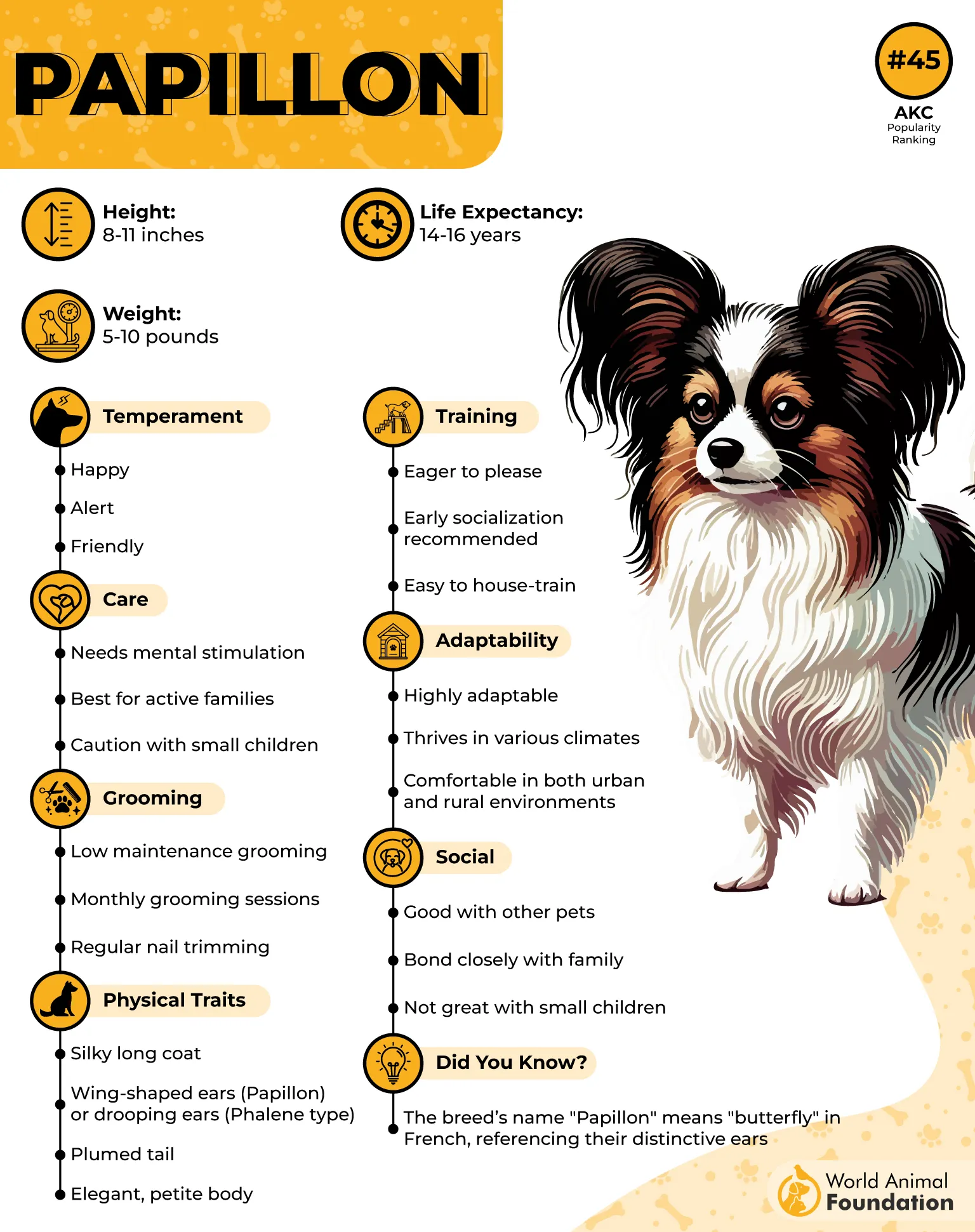
Reinforcement-Driven Focus
Their compact size makes reward delivery easier mid-pattern, which plays directly into their desire to please. Food, toys, or even verbal cues become powerful reinforcers that hold attention through long trial sessions. This makes their focus unusually consistent, even across extended drills.
Obedience as Mental Play
For Papillons, precision is a form of mental enrichment, not pressure. They treat trial tasks like puzzles—tracking handler cues with glances while preempting changes in direction. Their enthusiasm is sustained because obedience isn’t work—it’s structured engagement.
Conclusion
You might think obedience comes down to training. But some dogs are just wired to listen — and it shows when they step into a trial ring. No drama, no delays. One command, and they move like they’ve rehearsed it a hundred times.
These aren’t the dogs that just “sit” for a treat at home. These are the ones who thrive under pressure, understand cues like second nature, and don’t crack even with distractions all around.
Watching them work is like watching instinct in motion. You see respect, intelligence, and an almost invisible connection with their handler. And it’s not always the breeds you’d expect.
In a world where some dogs need five tries to come when called, these breeds hear it once and respond like pros. Let’s walk through the dogs that don’t just obey — they set the gold standard.


